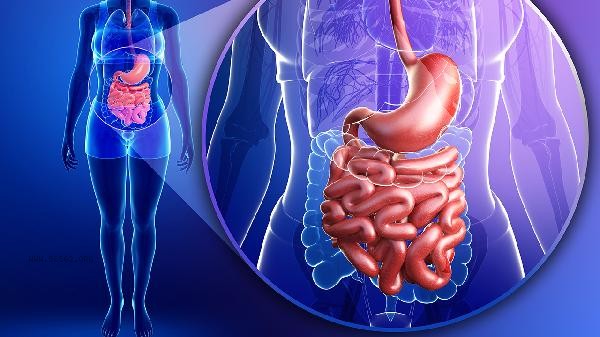Esophagoscopy examination can usually be completed on the same day, depending on hospital procedures, patient preparation, and whether anesthesia is required. Outpatient painless gastroscopy requires advance appointment, while regular gastroscopy may be performed at any time.

1. Differences in hospital procedures: Third tier hospitals usually require an appointment with a digestive endoscopy center 1-3 days in advance, while private institutions may support same day examinations. Electronic gastroscopy and esophagoscope share equipment, and the examination time is about 5-10 minutes, but disinfection preparation takes more than 30 minutes.
2. Preoperative preparation requirements: Fasting for more than 6 hours, hypertensive patients need to take antihypertensive drugs in the morning. Smokers should abstain from smoking for 3 days before the examination to avoid coughing that may affect their operations. Patients taking anticoagulant drugs should stop taking them for one week to prevent bleeding during biopsy.
3. Anesthesia method selection: Conventional gastroscopy can be performed immediately, while painless gastroscopy requires anesthesia evaluation. The sedation plan of intravenous injection of propofol requires the accompaniment of family members and postoperative observation for 1 hour, with a 24-hour driving ban.
4. Timeframe for report issuance: Most hospitals provide verbal notification of the results within 15 minutes after examination, while biopsy takes 3-5 working days. The Olympus 290 high-definition mirror can print images on the spot and mark early cancerous changes in real time.
5. Postoperative precautions: Fast and avoid water for 2 hours after examination, and avoid spicy and stimulating foods for 24 hours. The biopsy recipient needs to consume warm and cool liquid for 1 day. If black stool or chest pain occurs, an emergency follow-up examination is required. Choosing to seek medical attention in the morning can improve the completion rate on the same day, and carrying previous stomach CT or barium meal reports can help doctors make quick judgments. Oral administration of dimethicone before examination can eliminate foam interference and improve the detection rate of lesions. After operation, it is recommended to take yam millet porridge to maintain mucosa, and use a 30 ° tilt pillow to reduce night reflux. Long term acid reflux patients can undergo regular esophageal pH monitoring, combined with 24-hour esophageal pressure measurement evaluation function.








Comments (0)
Leave a Comment
No comments yet
Be the first to share your thoughts!